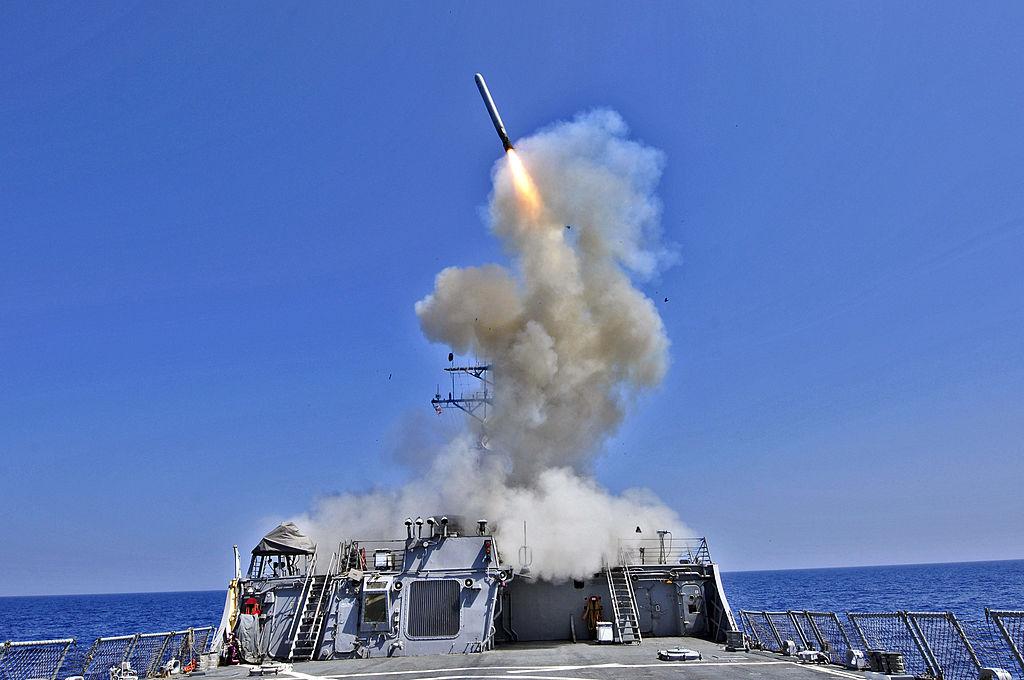Australia will acquire Tomahawk missiles and at least eight nuclear submarines from the United States as part of the freshly minted AUKUS security agreement inked with America and the United Kingdom.
The new Australia, United Kingdom, and United States (AUKUS) agreement will see Australia become one of the only countries in the world to operate nuclear-powered submarines, despite ratifying the non-nuclear proliferation treaty.





